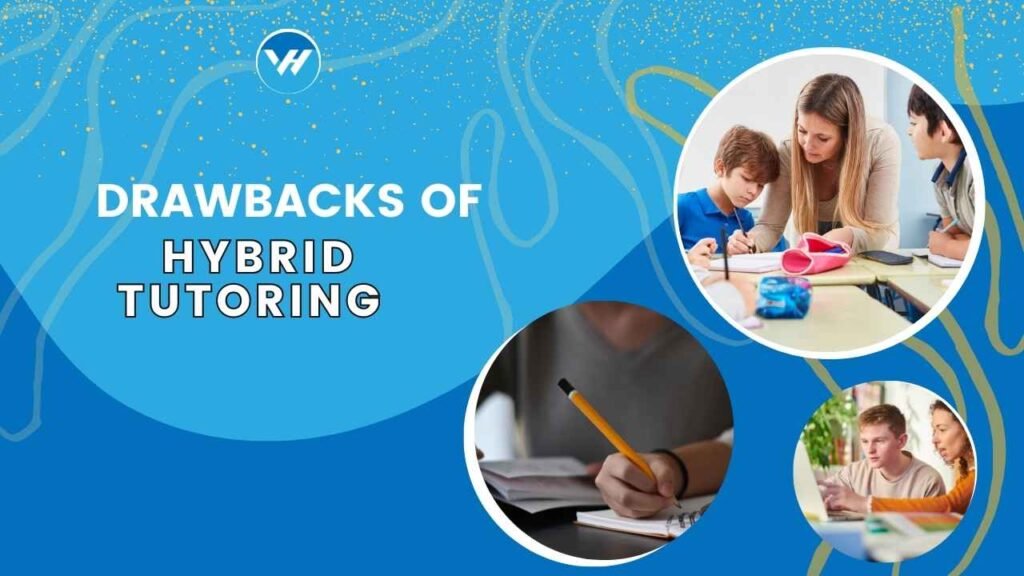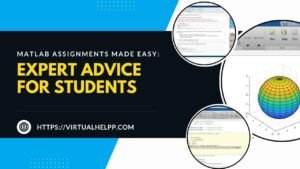Hey there! Let’s dive into the world of hybrid tutoring and its not-so-glamorous side. Hybrid tutoring, a mix of online and in-person learning, sounds like the best of both worlds, right? Well, not always. It’s important to understand the drawbacks to make informed decisions about your learning journey. So, grab a seat and let’s chat about the challenges of hybrid tutoring!

Table of Contents
ToggleWhat is Hybrid Tutoring?
Hybrid tutoring combines the traditional face-to-face teaching method with modern online learning. This setup allows students to receive instruction both in a physical classroom and through digital platforms. Common formats include alternating between online sessions and in-person meetings, or having some subjects taught online while others are covered in person.
Lack of Personalized Attention
One major drawback of hybrid tutoring is the difficulty in providing personalized attention. In a traditional one-on-one tutoring setting, the tutor can tailor their approach to fit the student’s unique needs. However, in a hybrid model, especially with larger online classes, it can be challenging to address each student’s individual struggles effectively. This often leads to a one-size-fits-all approach, which isn’t ideal for everyone.
Technical Difficulties
Let’s be honest, technology can be a double-edged sword. While it enables hybrid tutoring, it also brings its own set of issues. Poor internet connectivity, software glitches, and hardware malfunctions can disrupt learning sessions. Imagine being in the middle of a crucial lesson and suddenly losing connection – frustrating, right? These technical hiccups can cause significant learning disruptions and stress for both students and tutors.
Reduced Social Interaction
Hybrid tutoring often limits social interactions, which are crucial for developing social skills. Traditional classrooms offer ample opportunities for students to interact, collaborate, and learn from each other. However, in a hybrid model, especially with more online components, students may miss out on these interactions, leading to feelings of isolation and impacting their social development.
Distractions at Home
Home is where the heart is, but it’s also where the distractions are! In a hybrid learning environment, students often find themselves surrounded by distractions at home – noisy siblings, household chores, or the temptation of video games. These distractions can significantly hinder concentration and productivity. Setting up a dedicated learning space and maintaining a strict schedule can help, but it’s not always easy.
Inconsistent Learning Environment
A consistent learning environment is key to effective education. However, hybrid tutoring can lead to inconsistencies, with students shifting between home and school settings. This variability can affect their focus and performance. Some might thrive in a structured classroom but struggle with the flexibility of online learning, or vice versa.
Limited Hands-On Learning
Subjects that require hands-on practice, like science experiments or art projects, can be challenging to conduct effectively in a hybrid setting. Online sessions may lack the practical component necessary for a comprehensive understanding. This limitation can hinder students’ ability to grasp complex concepts that are best learned through direct experience.
Potential for Increased Screen Time
In a world already dominated by screens, hybrid tutoring can further increase screen time, leading to health concerns like eye strain, poor posture, and even mental fatigue. It’s essential to balance screen time with other activities, such as physical exercise and offline hobbies, to mitigate these health risks.
Cost Implications
Hybrid tutoring often requires substantial investment in technology and resources, such as computers, reliable internet connections, and educational software. These costs can add up quickly, making hybrid tutoring more expensive than traditional or online-only tutoring. Families need to consider these financial implications when opting for hybrid learning.
Dependence on Parental Support
Hybrid learning often requires significant parental involvement, especially for younger students. Parents need to assist with technical issues, monitor progress, and provide additional support. This can be challenging for working parents who need to balance their jobs with their children’s education needs, potentially leading to increased stress and burnout.
Inconsistent Quality of Tutors
The quality of tutors can vary widely in hybrid tutoring setups. Some tutors may excel in face-to-face interactions but struggle with online teaching, or vice versa. Ensuring consistent quality across both platforms is crucial for effective learning, but it’s not always achievable.
Student Motivation and Accountability
Keeping students motivated and accountable in a hybrid setting can be tough. The flexibility of online learning requires self-discipline, which not all students possess. To enhance motivation, setting clear goals, providing regular feedback, and maintaining a structured routine can help, but it’s still a challenge for many.
Data Privacy and Security Concerns
Online learning platforms pose data privacy and security risks. Personal information and educational data can be vulnerable to breaches. It’s crucial to choose secure platforms and educate students and parents about data privacy practices to mitigate these concerns.
Conclusion
So, there you have it – the less shiny side of hybrid tutoring. While it offers a blend of in-person and online learning benefits, it also comes with significant drawbacks. From technical difficulties to reduced social interaction and the need for consistent parental support, hybrid tutoring isn’t a perfect solution for everyone. Understanding these challenges can help you make more informed decisions about your educational path.
FAQs
- What are the main challenges of hybrid tutoring?
- The main challenges include lack of personalized attention, technical difficulties, reduced social interaction, and inconsistent learning environments.
- How can parents support their children in a hybrid tutoring setup?
- Parents can support their children by setting up a dedicated learning space, maintaining a consistent schedule, monitoring progress, and providing technical assistance when needed.
- Are there any benefits to hybrid tutoring despite the drawbacks?
- Yes, hybrid tutoring offers flexibility, a blend of in-person and online learning, and the ability to use diverse teaching tools, which can benefit some students.
- How can technical difficulties in hybrid tutoring be mitigated?
- Technical difficulties can be mitigated by ensuring a stable internet connection, using reliable software and hardware, and having backup plans in case of technical issues.
- What resources can help improve the hybrid tutoring experience?
- Resources such as educational apps, online collaboration tools, and virtual help platforms that provide access to tutors and assignment help can enhance the hybrid tutoring experience.





